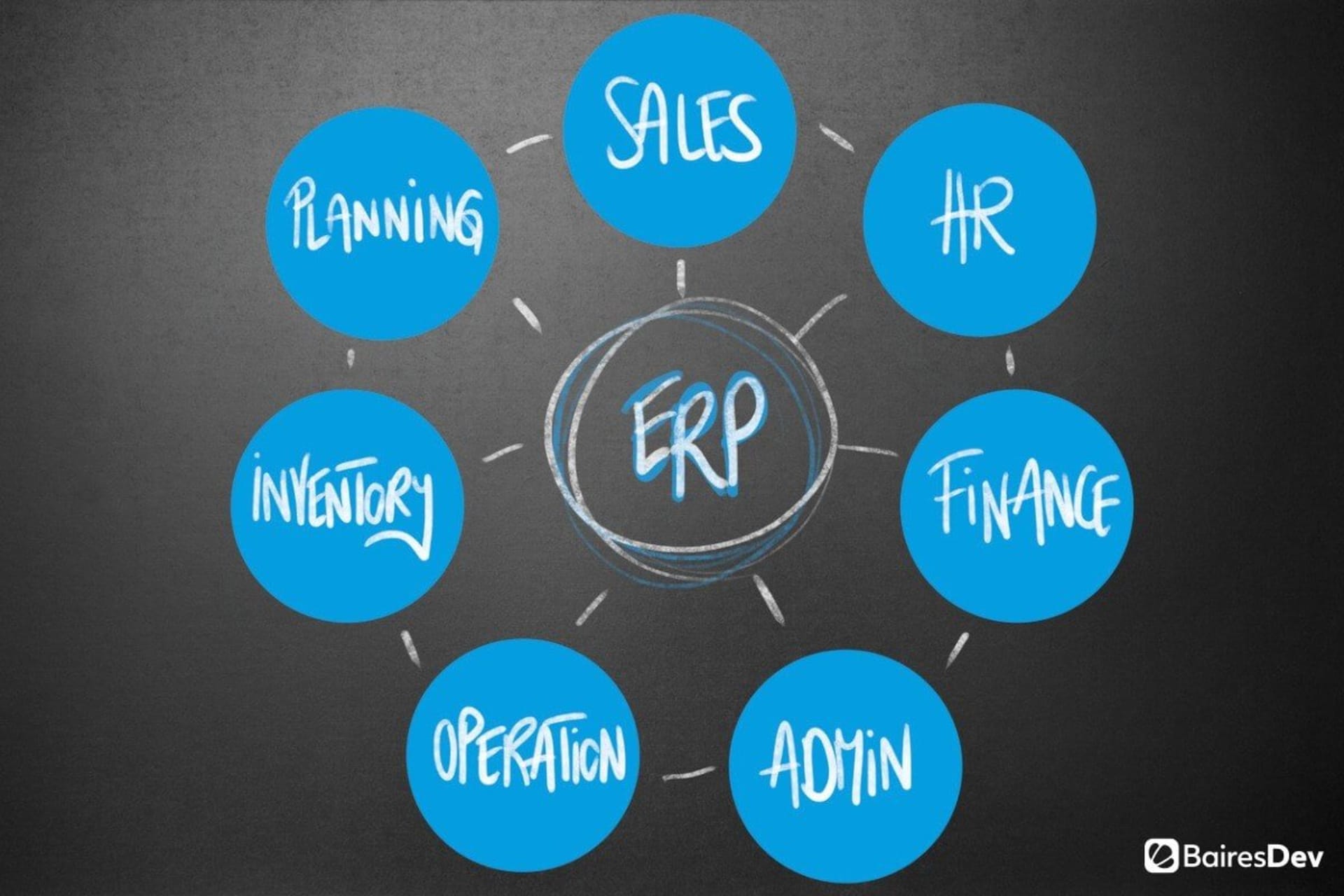In the last couple of decades, we’ve seen a huge push for diversity in all areas of our life. There is a growing concern for creating a more diverse society where people from all walks of life are heard, respected, and treated equally. Diversity is more than a buzzword or a quota to be filled by businesses – it’s an opportunity for people from historically marginalized communities to have a voice and live with dignity.
As an example, NGOs like Django girls are pushing for more women involved in web development. How? By creating workshops to teach girls the joys of programming while creating a support network for women in the field to help and learn from one another.
With diversity comes the transformation and globalization of our societies. It’s accepting other ways to live and understand life, it’s opening ourselves to new perspectives, points of views, opinions, and experiences that can give us insight and broaden our horizons. And when we put it to good use it can be a powerful tool to empower teams.
What is and what isn’t diversity?
With everyone speaking about diversity, it’s no wonder that there’s a lot of misinformation out there, and unfortunately, this leads to misunderstandings about what it entails. That has led many to get defensive when someone uses the term, which is why we need to clarify the term.
At its heart, diversity is the acceptance of the plurality of lived experiences and the qualities that makes us human. In other words, there is more than one way to be in the world, and instead of prioritizing one way above others, we strive to find value in every one of them.
Some argue that diversity is forced hiring – filling job positions with people because of their race, sex, or gender identity instead of their abilities as professionals. Nothing could be farther from the truth. The idea isn’t to fill an arbitrary quota regardless of talent or experience, as core skills still play a big part in choosing a candidate.
So, what’s different? Primarily, the fact that candidate skills aren’t measured in a vacuum. Companies hiring diverse candidates look beyond the skillset and take into account what a person from a different cultural background and with a different set of beliefs can bring to the team.
Diversity breeds creativity
Monocultural environments are like a decade-old band that has always played together: there are rituals and traditions they share, they know each other well enough to know their strengths and weaknesses, and they probably have very similar styles.
Now, imagine that one of the band members leaves the state for college and they get together with another band and start playing regularly. At first, they will probably feel lost as different styles clash, but after a while, and with enough practice, they start pulling off some memorable performances.
Five years later that member returns to their hometown and the band gets back together. What do you think it’s going to happen? Our college graduate will start seeing things that they didn’t notice before because they’ve had new experiences, and they might coach the rest of the band, teaching them new tricks.
The fact that they’ve been in touch with people from different backgrounds has taught them a new approach to music that they might never have found out if they stuck around with their high school bandmates.
What happens in this example can be summarized as an example of dialectics. The philosopher Georg Wilhelm Friedrich Hegel believed that everything is the outcome of a contradiction: the confrontation of a thesis and antithesis which gives rise to a synthesis (a term he didn’t personally use, but his disciples did).
When 2 points of view, approaches, or methods clash (like what happened with our college student and their new band) ideas are confronted and what was taken at face value is now challenged by an opposing party. With questioning comes new awareness and perspective as other opinions challenge what we have been doing almost automatically, and therein lies the possibility of change.
Adam Galinsky is one of the many authors who have researched and studied the relationship between diversity and creativity. What he systematically found is that creativity is everywhere, but the biggest changes in paradigm and the more creative solutions tend to be the product of diverse teams.
Creativity is a great asset for areas that involve problem-solving and non-direct goals, for example, software development. As we are all well aware, even the most strict waterfall methodology development is a non-linear process, and it’s often constrained by the vision of the client and the technical and time-related limitations.
As such, finding alternative solutions, figuring out new approaches to tackle a problem, and reinterpreting the nature of an issue are all abilities that highly efficient development teams need. What do they all have in common? Every single one of those skills is applied creativity.
A word of caution
You can have too much of a good thing, and diversity isn’t an exception. Researchers have found that highly diverse groups often experience higher levels of fatigue, higher levels of dissatisfaction, and more conflict.
That’s to be expected because if a team is too diverse it’s a lot harder to find common ground. What may end up happening is that the group will naturally gravitate towards smaller cliques who at best barely communicate with one another and at worst actively see each other as rivals.
But there is a caveat. Remember how we said that diversity isn’t just filling a quota? That applies here as well. Becoming diverse isn’t just hiring a bunch of people from different backgrounds, putting them together in a team, and hoping they will become your A-team. There is a process here.
Just like how contradiction can breed new solutions, it’s also a precursor to conflict. A group’s diversity is only as beneficial as the ability of everyone on the team to navigate their differences, and that means assertive and respectful communication.
When building a diverse crew, it’s important to have diversity training to help all the members find their place and develop the tools necessary for a great work environment. It also helps to have a good manager or team leader who’s had training in diversity or has had previous experience managing diverse teams.
Do we have a lot to gain from diversity and creativity? Of course! The benefits far outstrip the challenges, but just like investing in new technology, you can’t just bring it in and expect everything to work immediately. There is a time investment involved as the group moves towards finding its natural balance. Once they do, you will have an amazing talent pool in your hands.







